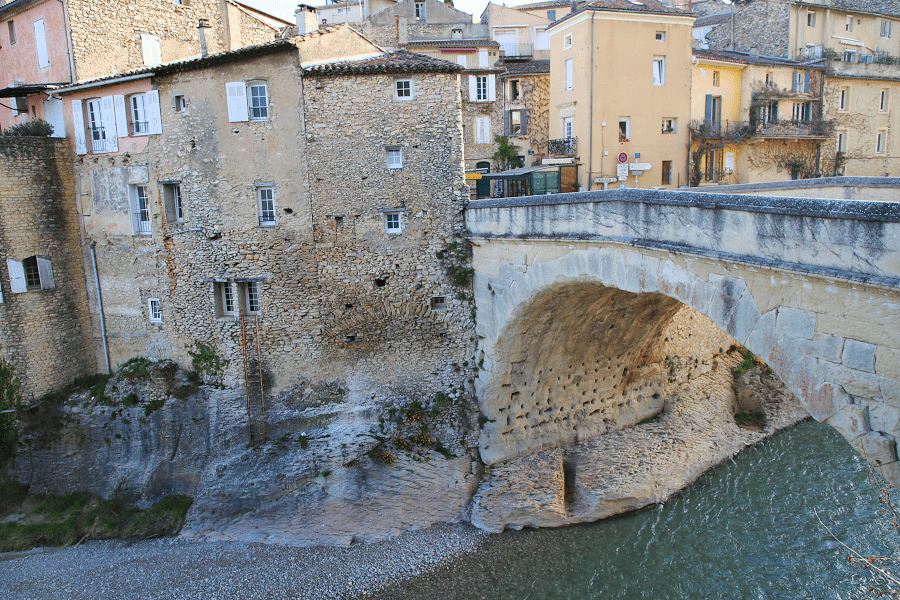Mazamet is a commune, located in the Tarn department, in the Occitania region (France). Historically and culturally, the town of Mazamet is located at the foot of the Montagne Noire (a mountain massif constituting the southern edge of the Massif Central).
Mazamet is an urban commune that has 10,064 inhabitants as of 2021. It is the main city of the Mazamet catchment area, which has nearly 13,000 inhabitants, and of the Mazamet urban area, which has almost 25,000 inhabitants. It is a member of the Castres-Mazamet Urban Community, which has around 80,000 inhabitants (knowing that in reality the Castres-Mazamet living area has a little more than 100,000 inhabitants).
Exposed to an altered Mediterranean climate, it is drained by the Thoré, the Arnette, the Orbiel, the Rieumajou, the Rieussoule and the Esclayracs streams, as well as various other small rivers. The town has a remarkable natural heritage made up of six natural areas of ecological, fauna and flora interest.
Close to Aude and Hérault, Mazamet is in the south of Tarn department. In the heart of the Haut-Languedoc Regional Natural Park, the town is located halfway between Toulouse and Béziers. It is the “capital” of the majestic Montagne Noire massif (as it is located at the foot of the Montagne Noire).
Nicknamed the “City of 3 Bees,” during its history, Mazamet has passed through 150 years of the wool industry and, to a lesser extent, tanning.
Main attractions
- The medieval town of Hautpoul: ruins of the Hautpoul castle and the medieval village of Hautpoul with its picturesque pedestrian streets, remains of the enclosure and two castles; engraved funerary stone;
- Bandstand and war memorials in the promenade garden;
- Menhir des Prats: the highest menhir in the Tarn (3.70 m), it is the largest in the region;
- Maison des Mémoires de Mazamet, former Maison Fuzier housing the Tourist Office, lounges refurbished in the 19th century style, the “Memory of Occitan Catharism” Museum, exhibitions on local history and municipal archives;
- Notre-Dame Church of Mazamet. 19th century (1872);
- Church of Saint-Augustin des Lombards;
- Saint-Julien de Roquerlan church from the 19th century (1846);
- Saint-Pierre-des-Plots Church in Mazamet;
- Sacred Heart Church, 20th century modern art (1959);
- Sainte-Claire du Sacré-Cœur Monastery founded in the 19th century (1887);
- Ruined church in the medieval village of Hautpoul from the 15th century;
- Saint-Pierre des Plots chapel from the 19th century (1824).
- Chapel of La Higue.
- Chapel of Négrin.
- Chapel of the convent of the Poor Clares of Mazamet.
- Chapel of Sainte-Bernadette de la Lauze.
- Saint-Sauveur Church of Mazamet. 18th century (1740). The building has been listed as a historic monument since 2022, particularly for the plastered paintings of Régagnon.
Museums and cultural centers
The “Museum of Catharism” museum, located in the same building as the tourist office: 300 m² of exhibition dedicated to the discovery of the human realities of the Cathar faith and its history.
The House of Wood and Toys, on the road to Hautpoul. This museum is complemented by an arboretum and a natural trail on the theme of tales.
How to get to?
From Paris: 8 hr 2 min (722 km) via A20
From Toulouse: 1 hr 29 min (91.0 km) via N126
From Andorra: 3 hr 29 min (212 km) via N20
From Barcelona: 3 hr 58 min (347 km) via AP-7
From Madrid: 9 hr 23 min (896 km) via A-1 and A64
From Monaco: 5 hr 29 min (497 km) via A8
From Moscow: 37 hr (3,423 km) via E30/M1
From Belgrade: 19 hr 1 min (1,801 km) via E70
From Istanbul: 29 hr (2,750 km) via E70
From Bern: 7 hr 48 min (756 km) via A9
Main information
Area: 72,07 km2
Population: 10 064
Coordinates: 43°29′34″N 2°22′27″E
Language: French
Currency: Euro
Visa: Schengen
Time: Central European UTC +1
See here Pyrenees travel guide
See here France travel guide
See here Spain travel guide




















